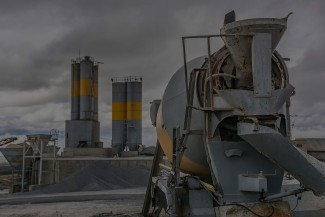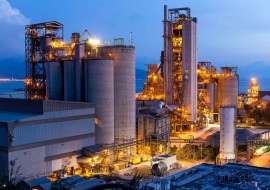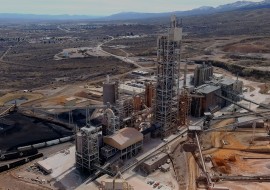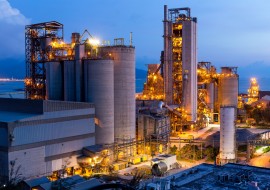Embodied carbon refers to the carbon footprint or emissions associated with the materials and construction processes used during the whole lifecycle of a building or infrastructure. It includes carbon emissions created during the production of building materials (raw material extraction, transport to the manufacturer, manufacturing process), the transport of the materials to a job site, and the construction process. It also encompasses the carbon emissions produced during the use phase of the lifecycle (e.g., concrete carbonation but excluding operational carbon), in building maintenance, repair, replacement, refurbishment, deconstruction/demolition, waste transport to end-of-life facilities, disposal, and material recycling.
The buildings and construction sector represent 39% of global energy related carbon emissions of which operational carbon contributes 28% and embodied carbon comprises 11%. Building materials like iron/steel, cement/concrete, and aluminum alone contribute 7%, 6%, 2% respectively to global emissions. Embodied carbon is separate from operational carbon — i.e., the carbon that comes from energy used for heating, cooling, lighting, etc. Due to significant advances that reduce operational carbon, and the exponential rise in building construction set to come online in by 2060, embodied carbon is set is becoming the larger portion of a building's overall carbon footprint (WGBC 2019).
ACEEE’s embodied carbon initiative works across the market spectrum from supply to demand engaging key stakeholders and collaborators for building materials such as cement/concrete, steel and others to facilitate adoption of low embodied carbon materials in construction and ensure continuous emissions reductions on the path to achieving net zero by 2050.



